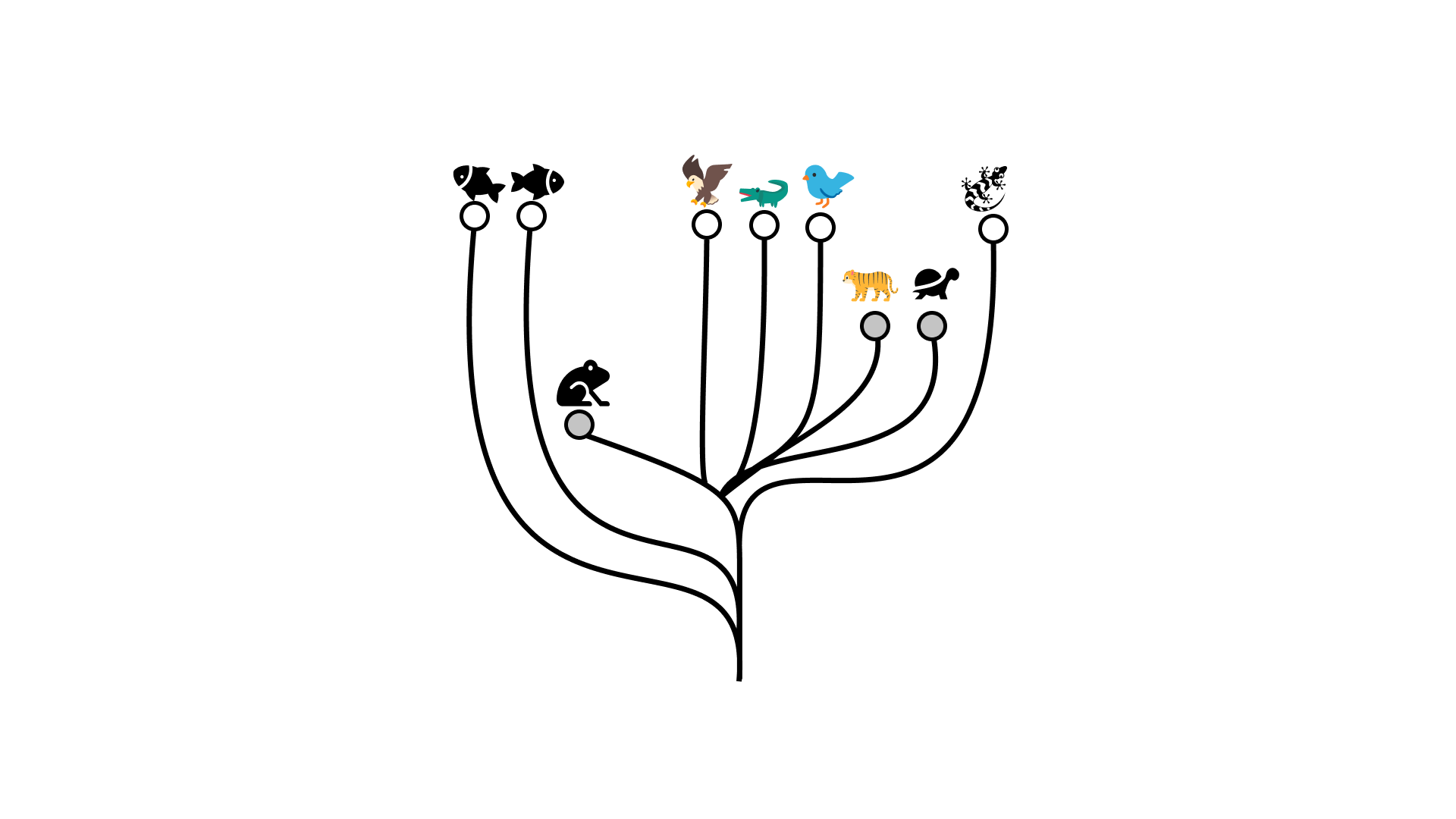NCERT Exemplar for Class 12 Biology - Evolution - Free PDF Download
FAQs on NCERT Exemplar for Class 12 Biology Chapter-7 (Book Solutions)
1. How can Vedantu help me in studying Class 12 Biology for the CBSE Board exams?
Vedantu can help you not only in preparing for CBSE Class 12 Board exams but also for competitive exams like NEET. You can find a ton of study materials for NCERT Class 12 Biology on Vedantu. This includes:
Conceptual videos
Free masterclasses
All of these materials are just a click away after registering on Vedantu for free. You do not have to pay for any of the above-mentioned materials. Moreover, you can also register for Vedantu’s personalised classes for an exclusive and individualised study experience.
2. Why must I download the NCERT Solutions for Class 12 Biology Chapter 7 PDF?
These solutions are beneficial for Class 12 students in many ways:
The NCERT Solutions incorporate easy to understand language to help students score excessive marks in the board exams and NEET exams.
The solutions can be beneficial not only for the board exams but also for diverse competitive exams and NEET.
The solutions clear the doubts of students from the NCERT textbooks.
Experts design the answers with accurate and proper statistics to bring the most well-researched and top quality relevant solutions for Class 12 students.
The specific solutions to all of the questions assist students with their board examination.
3. How to answer hard questions in Chapter 7 of NCERT Solutions for Class 12 Biology?
For students to respond to hard questions of Chapter 7 Evolution, they should consider reading a lot of the material that is available inside the NCERT as well as the material available on the Vedantu website. Students who are interested in picking up this subject as their main field of study should specifically be very alert and pay attention to every single detail that is described in the chapter. One should not worry if the question is a lengthy one or is difficult, but should worry about the concepts and logic that are required to answer these questions. A person can refer to previous chapters as well as study this chapter from different study materials that are available on the Vedantu website. Difficult questions should be solved in a pattern to leave some time for questions that are MCQ-based and are much easier to answer.
4. How should I Practice drawing various animals and plants that are there in the Chapter Evolution NCERT?
For diagrams, refer to NCERT textbooks specifically. The more you practise each diagram, the better for you. You must ensure proper labelling in your diagram. Before jumping into drawing them directly, read the relevant information provided in the textbook. Once you understand the characteristics and features, drawing diagrams and remembering them for the exam will become much easier. You may also refer to conceptual and animated videos on the internet if you are a visual learner. This will help to ingrain the diagrams better in your mind.








































